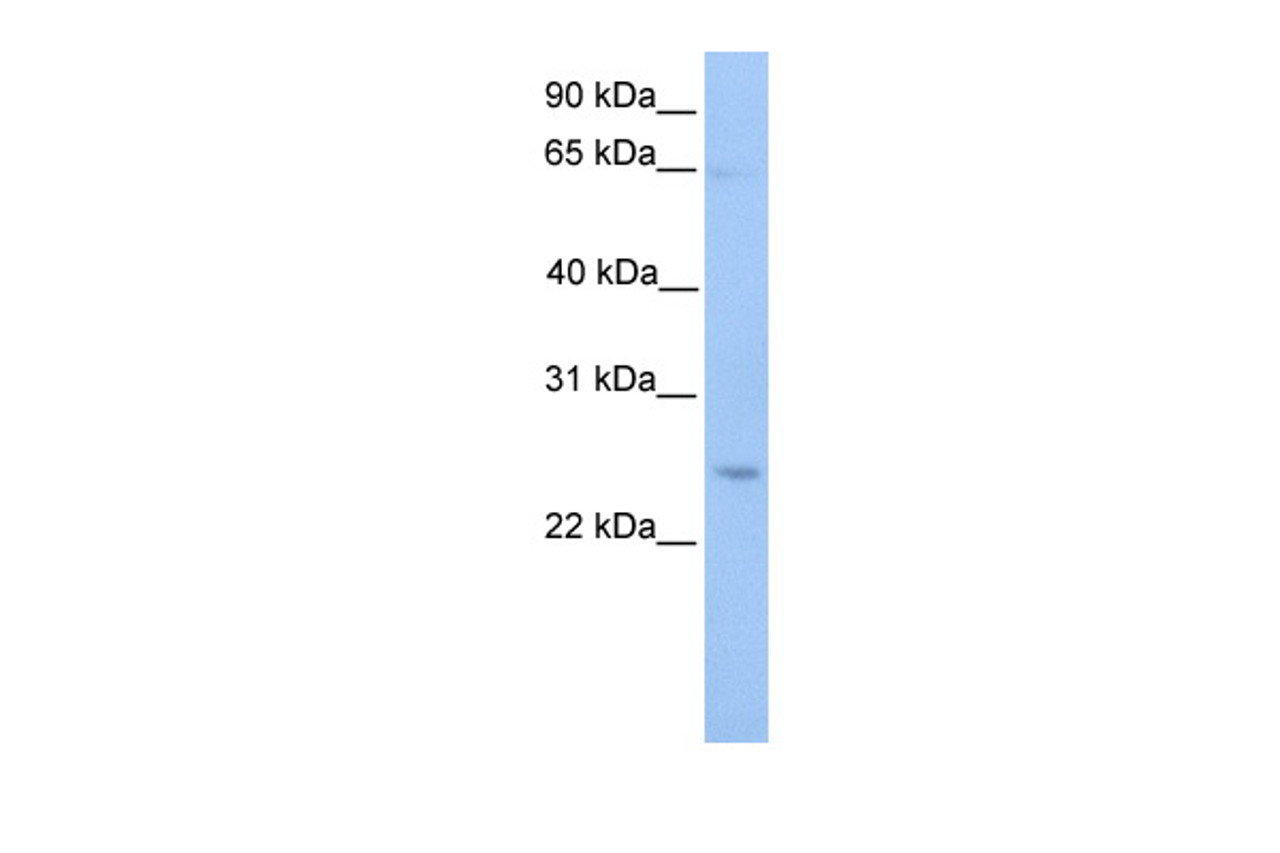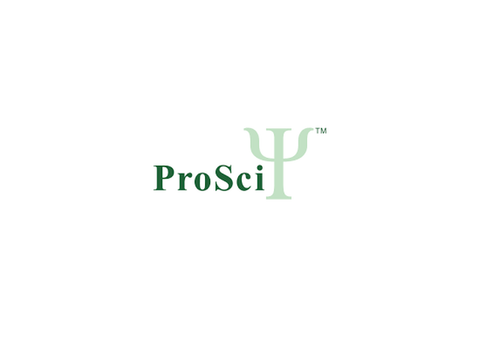Product Description
ATG10 Antibody | 30-958 | ProSci
Host: Rabbit
Reactivity: Human, Mouse, Rat
Homology: N/A
Immunogen: Antibody produced in rabbits immunized with a synthetic peptide corresponding a region of human ATG10.
Research Area: Autophagy
Tested Application: E, WB
Application: ATG10 antibody can be used for detection of ATG10 by ELISA at 1:312500. ATG10 antibody can be used for detection of ATG10 by western blot at 1 μg/mL, and HRP conjugated secondary antibody should be diluted 1:50, 000 - 100, 000.
Specificiy: N/A
Positive Control 1: Cat. No. 1211 - HepG2 Cell Lysate
Positive Control 2: N/A
Positive Control 3: N/A
Positive Control 4: N/A
Positive Control 5: N/A
Positive Control 6: N/A
Molecular Weight: 25 kDa
Validation: N/A
Isoform: N/A
Purification: Antibody is purified by peptide affinity chromatography method.
Clonality: Polyclonal
Clone: N/A
Isotype: N/A
Conjugate: Unconjugated
Physical State: Liquid
Buffer: Purified antibody supplied in 1x PBS buffer with 0.09% (w/v) sodium azide and 2% sucrose.
Concentration: batch dependent
Storage Condition: For short periods of storage (days) store at 4˚C. For longer periods of storage, store ATG10 antibody at -20˚C. As with any antibody avoid repeat freeze-thaw cycles.
Alternate Name: ATG10, APG10, APG10L, DKFZP586I0418, FLJ13954, pp12616
User Note: Optimal dilutions for each application to be determined by the researcher.
BACKGROUND: Autophagy is a process for the bulk degradation of cytosolic compartments by lysosomes. ATG10 is an E2-like enzyme involved in 2 ubiquitin-like modifications essential for autophagosome formation: ATG12-ATG5 conjugation and modification of a soluble form of MAP-LC3 (MAP1LC3A) , a homolog of yeast Apg8, to a membrane-bound form.Autophagy is a process for the bulk degradation of cytosolic compartments by lysosomes. ATG10 is an E2-like enzyme involved in 2 ubiquitin-like modifications essential for autophagosome formation: ATG12 (MIM 609608) -ATG5 (MIM 604261) conjugation and modification of a soluble form of MAP-LC3 (MAP1LC3A; MIM 601242) , a homolog of yeast Apg8, to a membrane-bound form (Nemoto et al., 2003 [PubMed 12890687]) .
 Euro
Euro
 USD
USD
 British Pound
British Pound
 NULL
NULL














